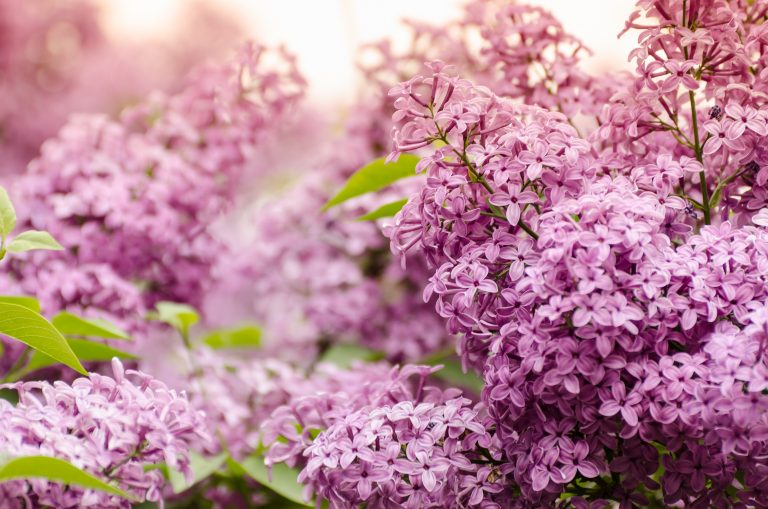
Good Growing – Is it a trick or a treat? Lilacs in the fall
During this first week of October, many of the plants blooming in our landscape are mums, asters, goldenrods, sedums, and ornamental grasses. But what...

During this first week of October, many of the plants blooming in our landscape are mums, asters, goldenrods, sedums, and ornamental grasses. But what...
Annual geraniums (Pelargonium) are among the most popular flowering plants grown in gardens. These easy-to-grow, low-maintenance plants provide color to...
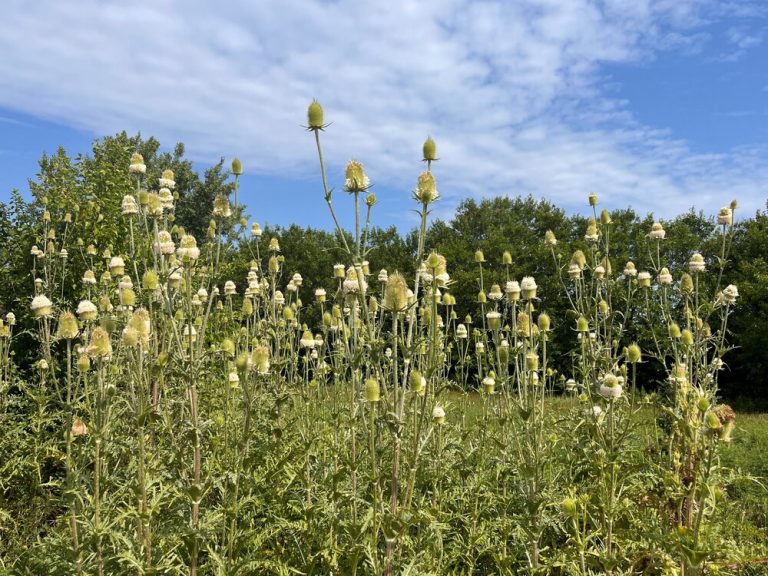
If you’ve driven along any interstates or highways in Illinois, there’s a good chance you’ve seen tall plants with spiky flower heads. Teasels have...

The time of year is nearing when the pawpaw (Asimina triloba) fruit will ripen and those lucky enough to have access to the fruit (and beat the wildlife...
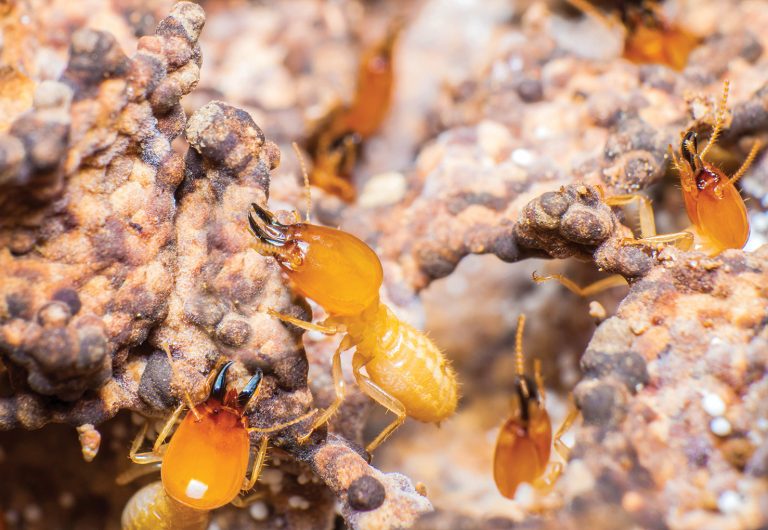
Finding interesting insects is fun! At least for me. I enjoy observing the intricacies of most insects. However, there are a few creepy crawlies I do...

Magnolias are popular trees and shrubs in many landscapes. Their large, showy flowers can range from white to pink to yellow and provide a burst of color in the spring. While they are relatively pest-free, one of the biggest pests is the magnolia scale (Neolecanium cornuparvum)...
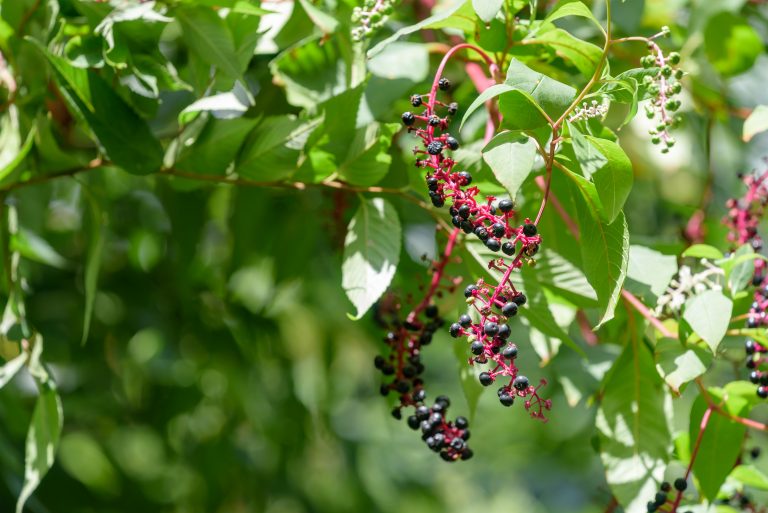
Generally speaking, native plants are considered desirable since they support wildlife, can improve water quality while requiring less water themselves, are beautiful in the landscape, are generally more tolerant of climate conditions and soil types, and much more. However, from time to time a native species is not as appealing as others, and therefore, attempts are made to avoid it or remove it from the landscape. One example is the dreaded poison ivy (Toxicodendron radicans). A second example, and the one we will explore today in part because my mom asked me to, is American pokeweed (Phytolacca americana).

Summer officially began last week and for many, it means melon season. According to the UDSA, in 2022, approximately 21.1 pounds of melon was available per U.S. consumer. Of the melons available and enjoyed by consumers, the three most popular melons ranked, in order of availability: watermelon (14.1 pounds), cantaloupe (5.3 pounds), and honeydew (1.6 pounds).
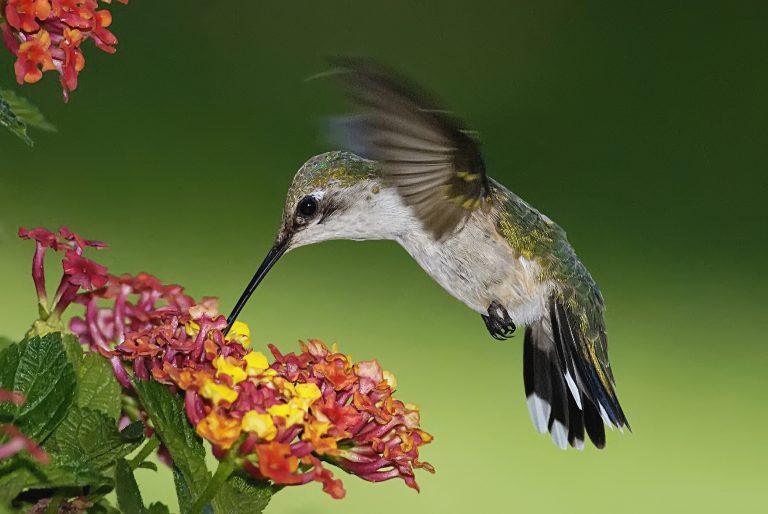
Hummingbirds are unlike any other bird. Spanning the Americas with over 330 species, hummingbirds belong to Trochilidae, the second-largest bird family in the world. However, only the ruby-throated hummingbird (Archilochus colubris) inhabits the Midwest. This hummingbird migrates south in late summer, with the males migrating first, typically in August. Before the non-stop flight to overwintering sites, this bird needs abundant food sources to fuel its journey to Florida, Texas, Central America, or Mexico.

The other day, I had the opportunity to chaperone a school group at a local state park. While on the field trip, a volunteer-led the students on a nature hike through the woodlands. At one point during the hike, the group leader grabbed a handful of two plants to share with the students but in doing so, misidentified one of the plants. Luckily it wasn’t a harmful plant that was picked. Yet, as I scanned our surroundings, noting stinging nettles and poison ivy, it reminded me of the importance of knowing which plants have the potential to cause harm.